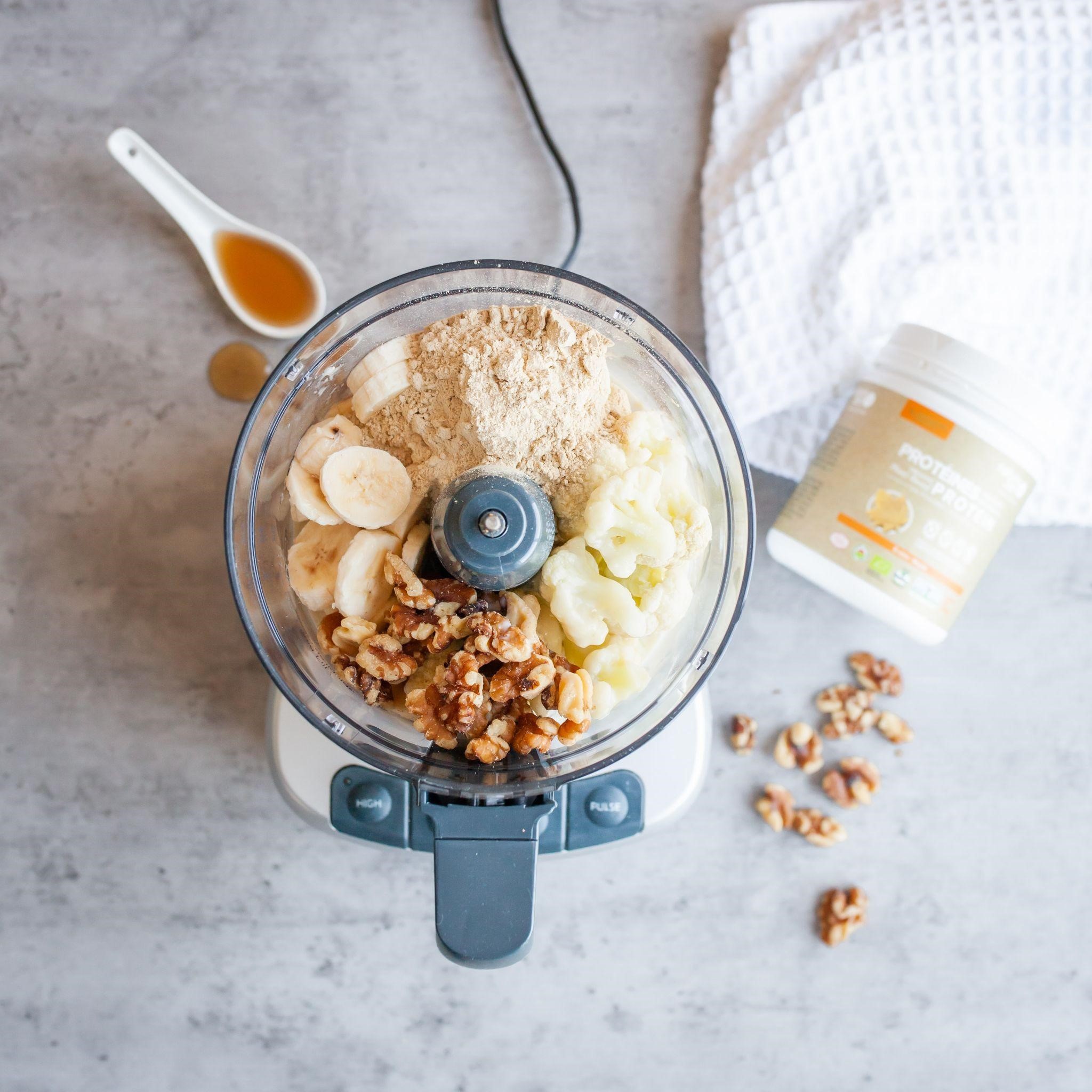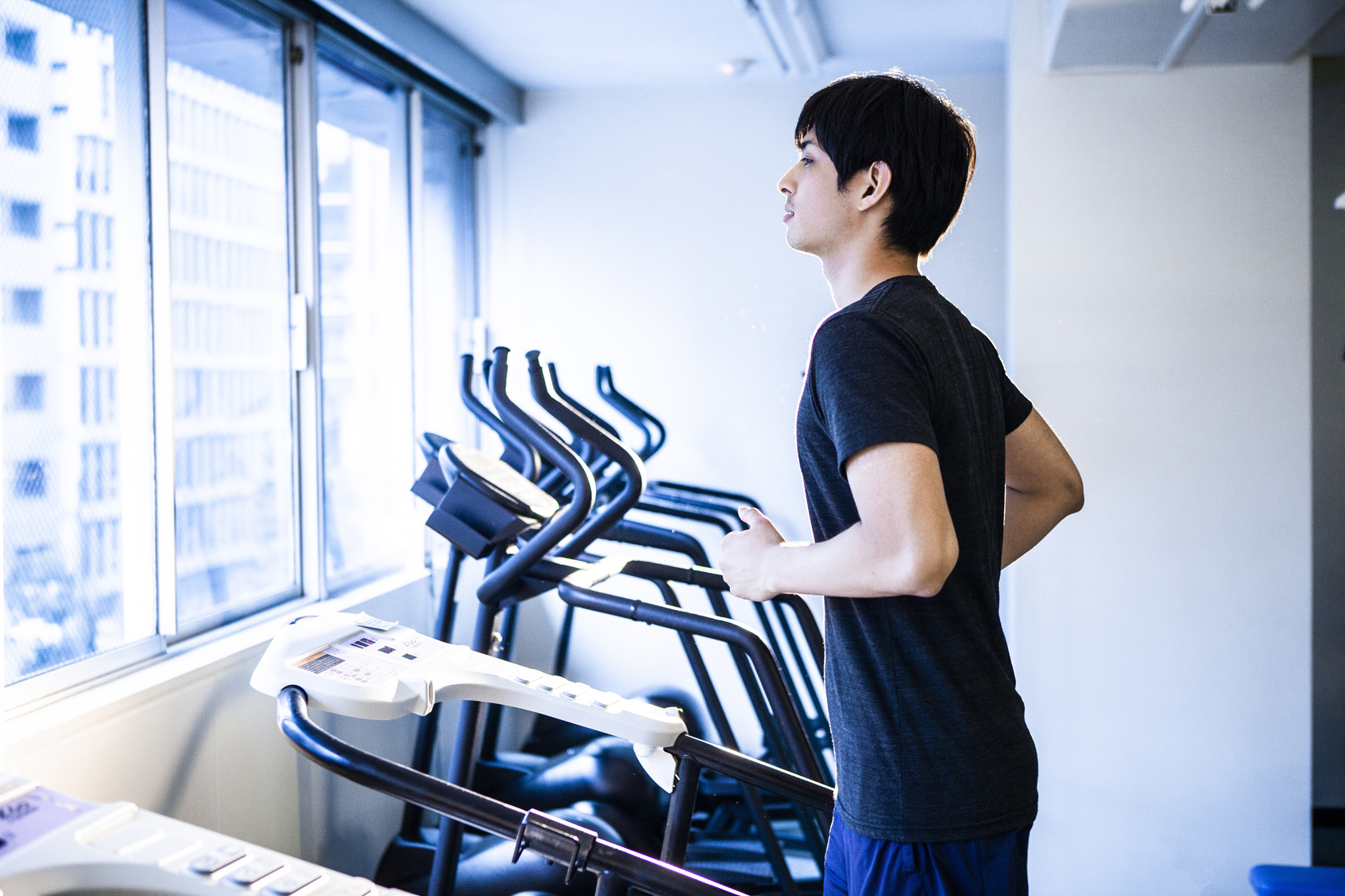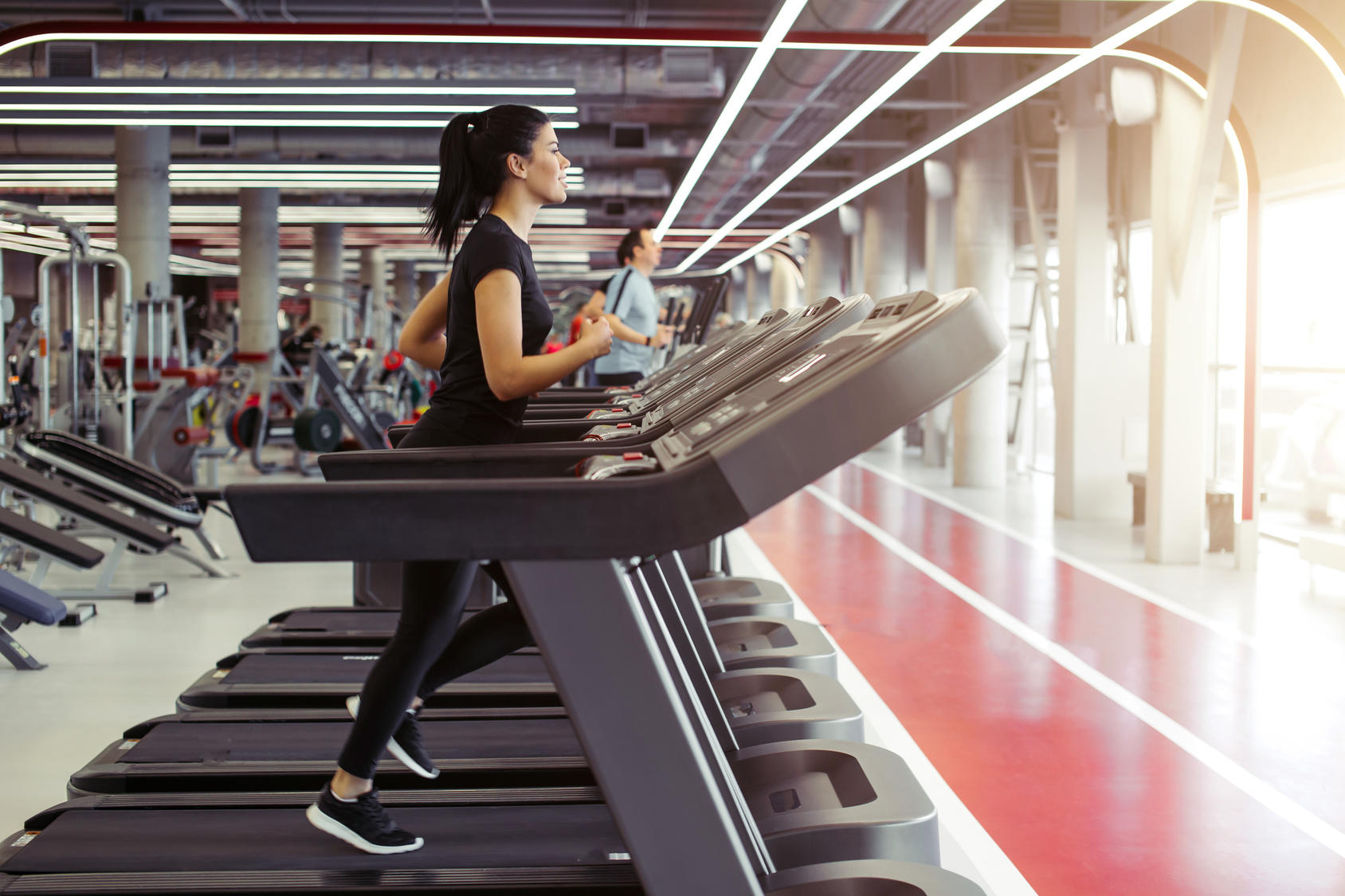Looking for the best ways to treat and prevent heart burns when running? Then you’ve come to the right place.
Getting heartburn in the middle of a run sucks.
But, if you’re prone to acid reflux but keen on running regularly, you know too well that running is prime time for heartburn flare-ups.
In today’s post, I’ll cover all you need to know about running when you have acid reflux.
By the end, you’ll learn the following:
- What is acid reflux?
- Main symptoms associated with heartburn
- What’s causing heartburn during running
- How to treat heartburn during a run
- How to prevent heartburn while exercising
Note – check with your doctor before applying any advice shared here. I’m not a doctor, nor do I play one on the internet.
Heart Burn While Running Explained
First, to properly treat and prevent acid reflux during a run, it’s crucial to understand what’s causing it.
Heartburn, as the name implies, refers to mild pain turned into a sharp or burning sensation in the chest area (but has none to do with the heart).
Medically known as gastroesophageal reflux disease (GERD), acid reflux happens when the stomach’s content moves up the stomach into the stomach pipe—what’s known as the esophagus
This is normal and happens to most people. It’s only referred to as a condition or a disease when the esophagus exposure to gastric acids exceeds the normal limit. This is especially true when the symptoms are not triggered by food and/or occur at night.
The Main Symptoms
Some of the most common symptoms associated with acid reflux include the following:
- Regurgitation
- Burning sensation radiating up from your sternum
- A dry cough or hoarseness followed by discomfort in your throat (acid or bitter taste)
- Dysphagia—difficulty swallowing
- Laryngitis
- Irritation of the esophagus
- Increased asthma symptoms
- Sporadic heartbeat during exercise
- Nausea and vomiting
- A sensation of a lump in the throat
- Bloated stomach
- Halitosis
Causes of Heartburn While Running
The following consists of the most common triggers of exercise-induced heartburn, according to the American Gastroenterological Association (AGA).
Weakness in The Muscle
Heartburn happens when a band of muscle at the bottom of the esophagus, known as a lower esophageal sphincter (LES), becomes too weak, too relaxed, or opens inappropriately. This allows for stomach acid to travel upward into the esophagus.
Running and other forms of exercise can trigger heartburn if the lower esophageal sphincter is too relaxed or weak, especially in exercises that require a lot of abdominal work.
Foods to Blame
You’re more likely to suffer a heartburn flare-up after eating certain foods.
These mainly consist of acidic foods like coffee, orange juice, alcohol, spicy foods, high fiber, gassy food like sodas, and overly processed foods.
The logic here, when your body needs to process more, it will produce more gastric acid.
Additional resource – Can Running Help Cure Your Hangover?
Why Running Causing Heart Burn?
Acid reflux can be a painful condition while running—especially because high-impact exercise, running, for example, often makes it worse.
There are many reasons why. For starters, running usually limits blood flow to the gastrointestinal area, interrupting proper digestion. Running also requires a constrained body position.
What’s more?
All that high-impact movement, core activation, and jostling manhandle the intestines, forcing stomach content to escape. The risks of this occurring depend on many factors, such as your training intensity and the type of food consumed in the hours before the workout.
Again don’t take my word for it. Research from the Journal of the American Medical Association reported that when it comes to running, weight training, or stationary biking, running resulted in the most acid reflux in study subjects.
So should you give up on running altogether?
But just because you get heartburn during a run doesn’t mean you should stop exercising altogether. Running and exercise, in general, can reduce the risks of developing GERD by getting in shape and helping maintain a healthy weight.
Again, don’t take my word for it. A study published in the Journal of Gastroenterology and Hepatology reported that shedding 10 to 15 pounds can curb heartburn symptoms by up to 40 percent.
And it’s not just one research.
Another research out of the Journal Neurogastroenterology & Motility looked into about 15,000 generally overweight subjects who exhibited GERD symptoms for a few years.
The conclusion?
The researchers reported that those who lost more than 5 pounds and reduced their waist circumference by more than five centimeters improved their GERD symptoms.
The key is to make the right adjustments and take proper precautions. That’s where the rest of this article comes in handy.
How To Treat And Prevent Heart Burn When Running
Here are some precautions you need to take to keep this unwanted guest away from your premises.
Avoid the Four C’s
Trigger food can boost acid secretion, limit stomach emptying, or compromise the LES—all of which can set the stage for heartburn.
As a general guideline, avoid the Four C’s.
This includes Citrus, Caffeine, Carbonated foods, and Chocolate.
You should also avoid any fatty food rich before a hard run.
I’d also recommend keeping a food journal for a few weeks.
At least two weeks, since it’s also the proper timing for gastric acid adaptation towards the treatment or changing lifestyle.
Inside it, keep track of the times you eat, the food content, speed/mileage, and whether you experience any stomach issues.
Eat Simple
Whether it’s premature fatigue, IG issues, stomach discomfort, or heartburn, what you eat just before going for a run impacts your running performance.
I can’t emphasize this enough.
So what’s the solution?
Eat something low in protein and fat while high in the right carbs.
But all things considered, the best (diet) course of action is to experiment with different foods till you find a match.
Then, stick with that for the long haul.
Want a fast source of energy before a run? Try any of the following:
- Eggs on wholegrain toast,
- Strawberries with honey,
- Greek yogurt,
- Banana with peanut butter.
- A small bowl of whole-grain cereal.
These snacks should provide you with enough energy without upsetting your stomach.
Time it Right
The less stuff you have sloshing around your stomach while running, the better. Providing your meals with enough time to get digested can drastically reduce the frequency of heartburn.
An empty stomach causes no reflux.
For this reason, avoid eating anything heavy two to three hours before a run. The bigger the meal, the more time you’ll need between eating and running. There’s no way around that.
This should give your stomach enough time to process the food.
You should also experiment with how long before a run to consume the right snack and/or meal.
Drink Lots of Water
Proper water intake naturally cleanses your esophagus and might even help prevent, or at the very least, soothe the symptoms in case of heartburn during a run.
Just make sure not to drink too much.
Too much water in your stomach is as bad as eating a large meal just before a workout.
Moderation is key.
I would rather recommend normal water instead of sports drinks or ion water.
They might be too acidic for your stomach.
Don’t take my word for it.
Research had reported that heartburn-prone athletes suffered from more flare-ups than those who drank water when they had a sports drink during training.
Try Medication
Sometimes, natural remedies and lifestyle changes can’t help much.
Give medication a try.
Some over-the-counter drugs, such as Antacids or Simethicone, can quickly stop the acid in its track and bring some relief.
If the meds feel too much, start with two weeks of moderate intake so your gut linings can adapt well.
Wear Loose Fitting Clothes
Runners swear by compression gear, whether tights or other form-fitting clothing, but such outfits often may prove problematic if you’re prone to GERD.
Tight clothing puts pressure on your abdomen and may force stomach content into your esophagus.
It may also impede proper food digestion. In addition, these “unprocessed” foods contribute to acid reflux.
Add to this the jostling motion of running, and you got yourself a recipe for disaster.
As a rule, choose loose-fitting running shorts, shirts, and other running clothing that gives your body enough room to encourage proper digestive function.
Don’t wait for it.
Or, at the very least, consider loosening up a little and choosing running gear that doesn’t constrict your chest, stomach, and waist.
Seek Medical Help
If changing your lifestyle habits and taking OTC drugs don’t get your workout-induced heartburn under control, consult your doctor.
For more severe symptoms, you might need a prescription from your doctor.
This is especially the case when suffering from intense chest pain, whether running-induced or not.
In some cases, heartburn is like heart attack pain.
Your doctor may prescribe a combination between antacids (such as calcium chewable tablets), proton pump inhibitors (like omeprazole), and H2 blockers (like ranitidine and cimetidine).
Stick with this for at least two weeks straight before you get off immediately.
This way, you may lower your risk of relapse.
In some cases, taking such medication a day before a long run or race may help ease your symptoms—or prevent them altogether.
Just keep in mind that there are downsides to any form of medication.
Only to use in case of emergencies.
Run, Forrest, Run!!
Yes!
DO NOT stop running.
Do not let heartburn interfere with your consistency.
You stand a lot to gain by running with heartburn than living a heartburn-free life as a couch potato.
As you already know, running has a lot to offer.
It can help you get in shape, relieve stress, improve stamina, etc.
Thank you for reading my post.
Feel free to leave your comments and questions below.
Cheers.










